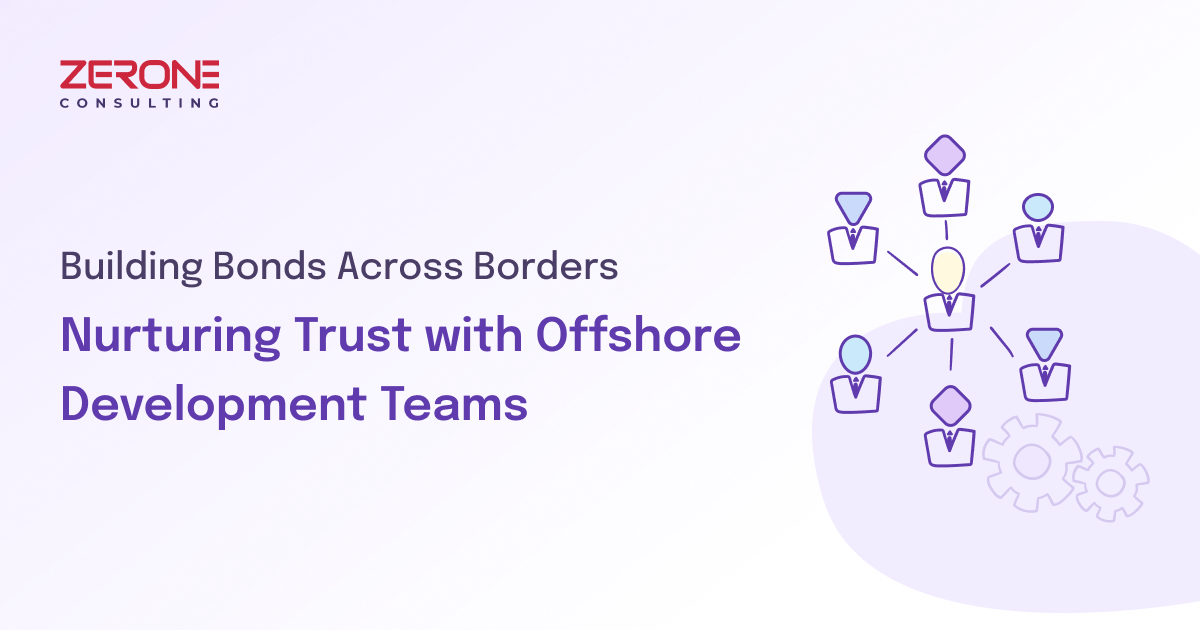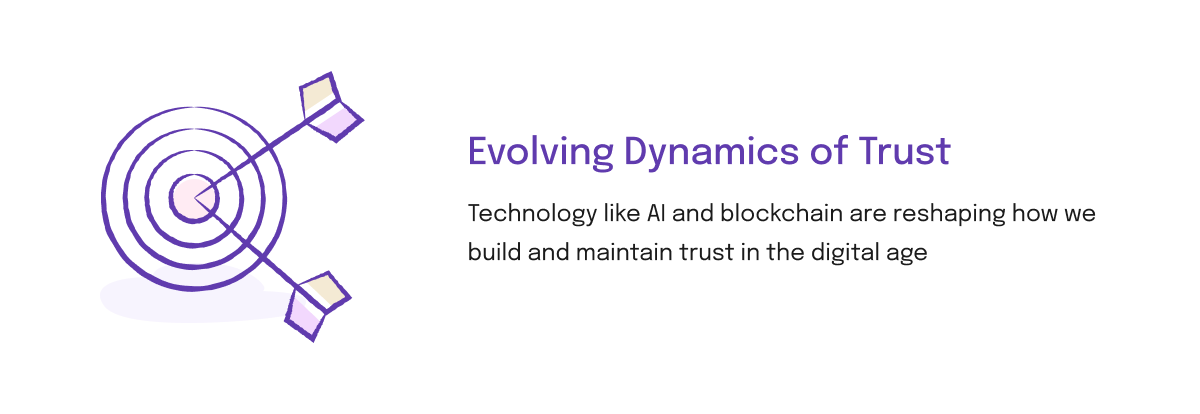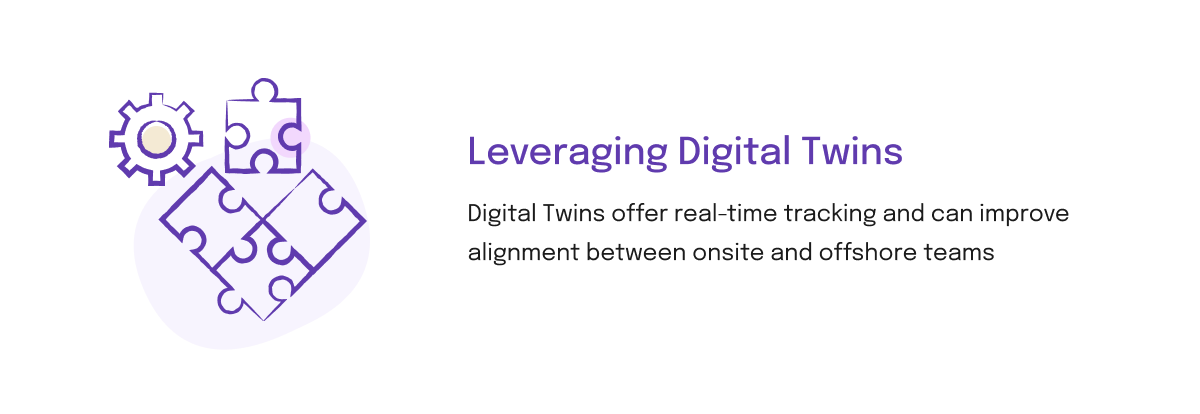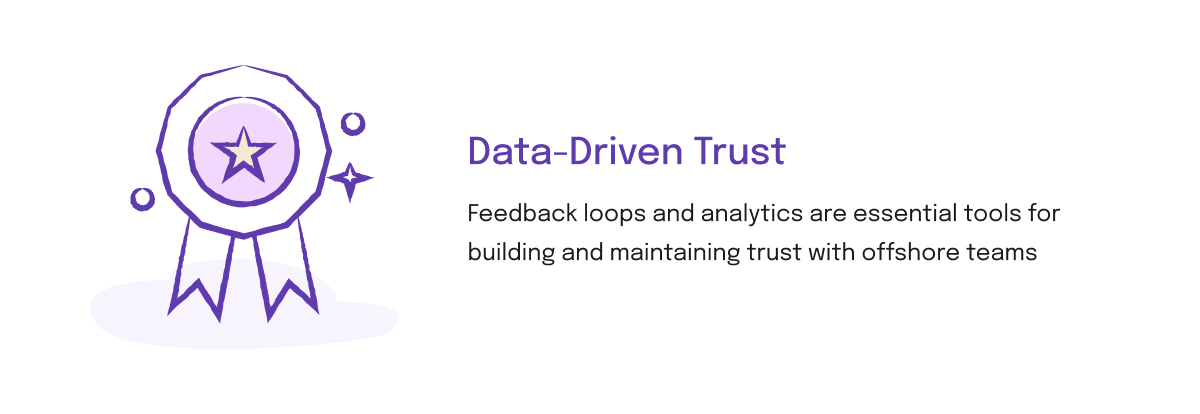Beyond Cost-Savings – Offshore Development in the Digital Age
For years, businesses have looked to offshore development as a cost-saving measure, moving aspects of software development to locations with a lower cost of labour. However, the digital age has radically transformed the dynamics, moving the needle from mere cost-cutting to strategic global positioning. With burgeoning tech hubs emerging worldwide—from Bangalore to Kiev to Buenos Aires—offshore development now offers businesses not just cost efficiencies, but also access to global talent pools and specialized expertise.

The Evolving Dynamics of Trust in a Digital World
As we step into this increasingly digital landscape, the concept of trust is undergoing a significant transformation. Previously, trust was built over in-person interactions and lengthy business relationships. Today, technologies like AI, blockchain, and advanced data analytics are influencing how we establish and maintain trust.
These technologies not only help in verifying credentials and enhancing transparency but also add an extra layer where we need to trust the system and tools, not just the people. Consequently, the reliability of the offshore team's tools becomes as critical as their technical competence.

Leveraging Digital Twins for Enhanced Collaboration
One groundbreaking innovation facilitating offshore collaborations is the concept of "Digital Twins." Digital Twins are virtual replicas of processes, systems, or products that enable real-time tracking and mirroring of the actual entities. In the software development context, a Digital Twin could help model the development lifecycle, monitor the project's current state, or simulate potential challenges.
The application of Digital Twins can significantly improve alignment between onsite and offshore teams by providing a shared, constantly updated visual representation of a project's status, fostering enhanced collaboration and understanding.

Immersive Technologies: A New Frontier for Offshore Team Bonding
The landscape of team bonding is also evolving with advances in immersive technologies like Augmented Reality (AR) and Virtual Reality (VR). These technologies can facilitate real-time, 3D collaborative design sessions and walkthroughs, making distance a non-issue.
Moreover, immersive training simulations can provide offshore team members with a virtual experience of the company's work environment, ethos, and culture. The virtual bonding and training sessions go beyond simple video calls to generate a sense of belonging and engagement among team members who may have never met in person.
Data-Driven Trust: Metrics, Analytics, and Feedback Loops
One of the most actionable ways to nurture trust is through data analytics. Consistent feedback loops—both qualitative and quantitative—offer invaluable insights into the performance and reliability of offshore teams. Tools like project management software, real-time dashboards, and specialized analytics platforms can pinpoint areas of concern or highlight successes, thereby bridging the offshore-onsite divide and fostering a culture of trust.

Conclusion: Embracing the Future – Merging Technology and Trust in Offshore Collaborations
As we move further into the digital age, it's essential to reflect on how technology is augmenting rather than replacing the human element of trust. New technologies don't eliminate the need for human relationships; instead, they enhance our ability to establish and nurture trust in novel ways.
Therefore, as leaders, it's imperative to stay updated on emerging technologies and grasp their potential implications for offshore collaborations. In the fast-changing business landscape, being agile and adaptable are both virtues and necessities. It's high time that we strategically merge technology and trust to achieve unprecedented success in offshore collaborations.
By embracing these modern approaches, your business stands to benefit not just in terms of cost and efficiency, but also through stronger, more trustful relationships with your offshore teams—a true win-win in today’s interconnected, digital world.